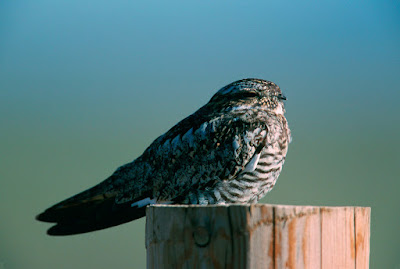If you know someone
in their 20s or 30s, you’ve no doubt heard them ask if they should bring a
child into this world. They say that because these are some heady times and
today’s youth are bombarded with so much and they face so many obstacles and
dangers.
This has led to
something that I would call a “confidence crisis”, not only for those potential
parents, but especially for those they beget. Children and teens are increasingly
lacking in confidence in themselves and the world around them.
Today’s kids don’t
have confidence in their families. Not only is the divorce rate still pretty
high, but too many women are left to raise children on their own as so-called
“dads” abandon them, and their interaction is limited to an occasional child
support check, if anything at all.
Today’s youths don’t
have confidence in their futures --- they saw their parents stung by the Great
Recession and they see an economy that’s still a little wobbly, offering them
little hope for tomorrow.
They don’t have
confidence in their safety. School shootings, terror attacks and random acts of
brutal violence dominate the news cycle, and have changed the way they live in
and move about this country.
They don’t have
confidence in the leadership of our country. They see grown men and women who
want to lead us attacking one another and presenting very few legitimate options
to better our United States.
And, they don’t have
confidence in themselves. The Age of the Internet and the destruction of good
old fashioned real human-to-human interaction have eroded emotion and empathy,
leading to bullying and abuse and the image issues that come with that.
So, what is a modern
parent to do?
How do you overcome
these crises?
How do you instill
confidence in children?
The answer to all of
these questions is one word: Scouting.
The Boy Scouts of
America have always given -- and will always give --- the boys and young men of
this country the tools they need to succeed and the tools that America needs to
succeed.
Take, for instance,
the fatherless boys I had mentioned. In Scouting, their scoutmasters become
their de facto fathers, bringing masculinity, strong fraternal support,
paternal love, and important life lessons from a male perspective that those
boys so desperately need.
Or, consider the
boys who worry about their careers. Scouting and its myriad merit badges
intimately introduce boys to career paths that they wouldn’t get proper
exposure to elsewhere --- be it STEM, the trades, the arts, or business, these
courses and the scouts’ efforts prepare them for the Real World and set them on
paths to success in adulthood.
Think of the boys
who worry about the world’s safety. Scouting give them the abilities they need
to combat the world’s evils – they are trained in first aid, they are versed in
discipline, uniformity and chain of command. Think of how many teenage scouts save
lives every year --- think of how scouts go on to become first responders,
police, and members of our armed forces.
And what of those
boys who see poorly led communities, states, and countries or a glut of
bullying and other abuses in their schools? By learning good citizenship and community-mindedness
in Scouting -- and getting out and doing things for people in need -- they are
groomed to be character-driven leaders of governments, schools, businesses and
churches. Our future is in great hands when the Scouts take over.
All of this, and so
much more, gives the boys the confidence they need to be mature, overcome all
the wrongs in their lives and this world, to make their lives better and to
make everyone else’s lives better.
Boy Scouts
transforms boys into men. Real men.
No other youth-based
organization can claim that with such vigor….with such confidence.
So, if you worry
about your son or grandson and what the world holds for them, don’t. Enroll him
in Scouting. It will markedly improve his ability to handle the bad and the
good that might be thrown at him. It will give him the confidence to succeed in
everything he does.
From the 30 May 2016 Greater Niagara Newspapers


